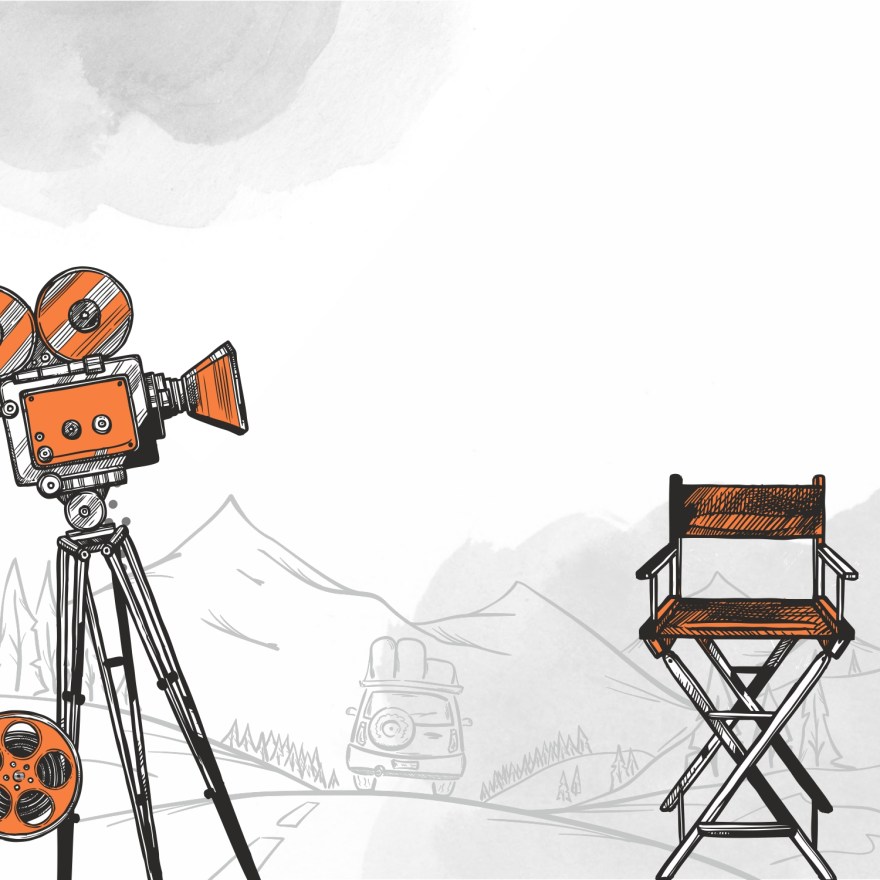As a founder, you are always telling your story – to customers, future employees, investors, and basically everyone you meet.
A good story educates, engages, and inspires. It helps describe your market, the ‘why now’ of your business, your customers, the challenges they face, and the way your product can help them conquer those challenges.
Crafting a compelling narrative helps you…
- Connect more deeply with your audience. You’re more likely to move listeners with a story that reaches them at an emotive, visceral level.
- Tell your story in a way that is easier to remember – and easier to share with others, which helps drive word-of-mouth virality.
- Explain your story with more nuance, which makes it easier to differentiate your company or product. You want to avoid a reaction like, “Oh, so you are like [x]!”, when you are not.
How do you tell a great story? It helps to take a page from Hollywood, the capital of storytelling! Many Hollywood movies follow the same template and a similar story arc. Within these stories, there are specific roles that are easily identifiable: the protagonist, the antagonist, and the mentor.
In your world as a startup founder and business builder, you can also identify these roles. Who do you think is the protagonist? Yes, it’s your customer! Your customer is facing a challenge or a problem – the antagonist. And you (the mentor) are there, like Dumbledore or Q, to offer the ‘magic gifts’ – your technology or product – to help them beat the antagonist, solve the problem, and be successful.
This is the recipe for many Hollywood blockbusters. It starts with describing the protagonist’s world as we know it. Then, the world changes and a huge threat or opportunity is introduced. The protagonist goes on an adventure, aided by their mentor, to conquer the antagonist and achieve success.
Through our work with many B2B and B2C startups, we have distilled much of this thinking into a more tangible framework or format to help founders translate their unique idea and insights into a compelling story. This framework includes five questions. The answers to these questions produce a seamless story that describes your idea and the category that you are building.
1. What is the shift that is happening in the market?
Stories thrive on tension. That’s why they often start with painting a picture of the current or past state of being. This is typically where the protagonist is introduced, and his or her life is described. But change comes, and with it, the tension. Something happens to the world: a big change that could either be an opportunity or a threat – such as a tsunami or an alien invasion. In the case of Harry Potter, a letter arrives and everything changes. He is transformed from a bullied child who lives under a staircase into a powerful kid sorcerer and hero who has to face the ultimate evil. The tension is driven by the shift in circumstance.
In a similar fashion, the most enduring companies gain dominance and value because of their unique understanding of a market asymmetry, a shift or inflection point, or a deep customer need.
Start your story by describing your customer (the protagonist), the market and industry structure they operate in, and how that industry is changing.
2. What problem does that lead to?
Starting your story from a macro view sets up your startup as a changemaker that’s aligned to a large market shift, rather than a small player in an existing pond. It can also clarify that your
offering represents a new category, versus a product that already exists or merely a new feature.
But, this shift you’re describing doesn’t amount to much if it doesn’t lead to a problem or opportunity for the protagonist. In Hollywood, the change or threat is often driven by a negative force or by the antagonist who creates a problem for our hero. In Star Wars, for example, Darth Vader uses his growing power of the dark side of the force to manipulate and create fear and aggression. Make that connection for your audience. What problem does the change you’ve just described, which is the backdrop for your story, pose to your consumer?
3. What does the ‘promised land’ look like?
A standard pitch typically talks about the problem and solution. We just talked about the problem as well, but as an integrated part of a more comprehensive narrative, which gives context on how the world is changing and the impact that change will have on your target market. You’ve set the stage, but it’s still not time to talk about your product’s features. Instead, the next part of your story should highlight what success looks like; it should describe the ‘promised land’, or the ideal state, for your consumer.
Many stories start with the promised land. For example, the start of The Lord of the Rings introduces the audience to The Shire, a beautiful, peaceful, tight-knit community of hobbits – and home of Frodo, the story’s protagonist. Wouldn’t we all want Frodo to return to that peaceful life? What would the world look like for the protagonist if he were to succeed in his or her mission? The picture you paint here hints at your value proposition, giving a taste of what the world would look like with your product or solution – before you even mention what that is. The goal here is to create agreement and desire: “Yes, I agree, that would be an amazing world. If only I could get that…”
Now is the time to introduce your company, and explain how you transform your customer by answering the following question:
4. How does [your company] take [your customer] to that ideal state?
This is where you finally introduce your startup and explain what you do – and where you name and claim the category you are building. Remember that your customer is the protagonist and your company is the mentor. Now is the time to introduce your product and features – the ‘magic gifts’ – that make your customer successful and helps them reach the promised land.
Answering the first three questions will help you explain with deep clarity and understanding why you are doing what you do – and how that ladders back to much bigger macro-economic
and/or behavioural trends and dynamics. This helps you convey your point of view, spark curiosity and create desire.
To really drive home the message, it is good to end by clearly articulating the value for the customer. This leads to the final question:
5. How does this transform your customer?
Explain briefly what it’s like to use your product, and what impact the customer can expect. The promised land has become a reality, and this is what it looks like. You could think of this as a brief definition of your value proposition.
With this, you have captured your idea in a comprehensive narrative. You have explained how the world is changing, how you are creating a new category, and which products you have built to make your customer thrive in the new world. Answer these questions as an exercise, then remove the questions.
What is left is a simple and seamless story that can form the foundation for your company’s messaging.
Summary
- Crafting a compelling narrative helps you connect more deeply with your audience. You’re more likely to move listeners with a story that reaches them at an emotive, visceral level.
- Take a page from Hollywood to craft a story that describes how the world is changing, and how the products you have built will help your customer thrive in this new world.
- Use the storytelling framework we’ve shared in this column to produce a simple and seamless story that can form the foundation for your company’s messaging.
This post is part of the Surge Founder Starter Pack: Company Building Essentials for Early Stage Startups. To download the rest of the pack, click here.
To watch a video by Pieter on ‘Why You Should Sell Your Vision of the Promised Land’, click here.












